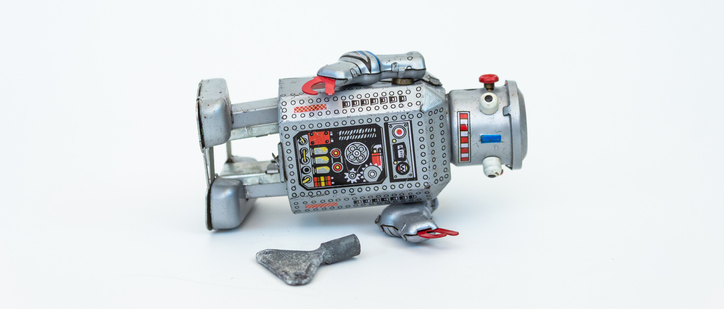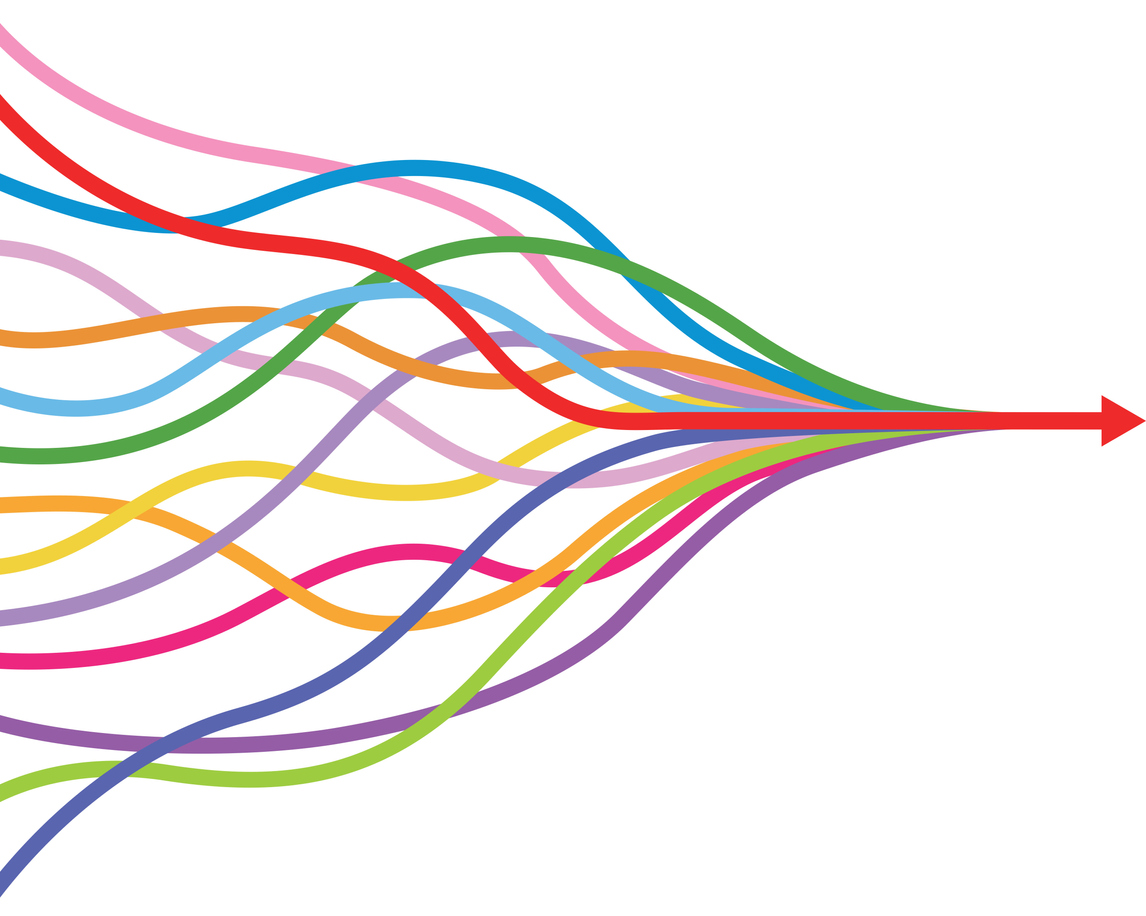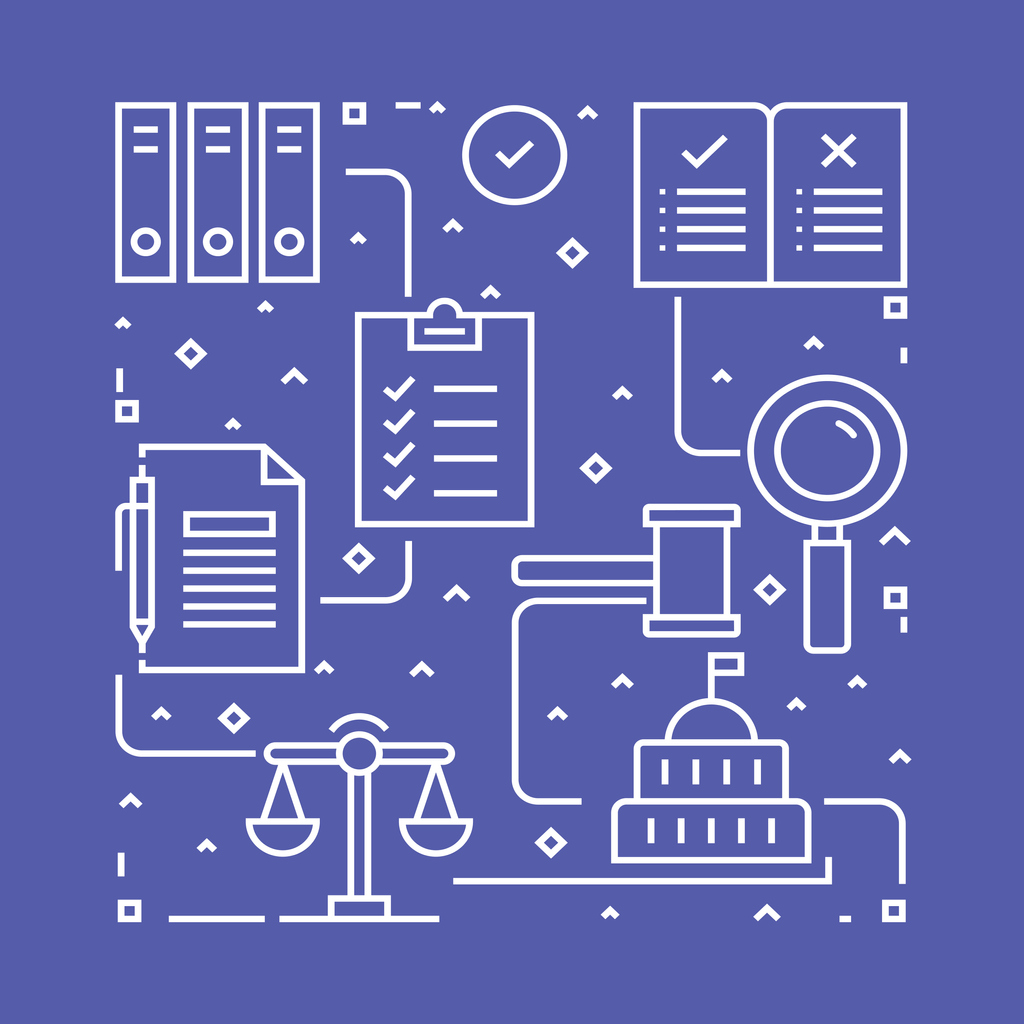Making the Case for RPA Standards
Robotic Process Automation (RPA) has risen to the top of the software market as the fastest growing enterprise technology. A natural by-product of a booming software category is the exponential number of new entrants looking to feed this demand.
A wave of new providers is emerging with the desire to disrupt the market and wedge themselves somewhere in the automation value chain, whether on the process discovery end or the other side of the spectrum with a competing studio to develop and orchestrate bots.
Because of the market’s rapid growth in such a short time, a set of universal RPA design standards does not exist. This only serves to hinder a market that’s already experiencing growing pains.
In a recent report, Deloitte claims only 3% of organizations have successfully scaled their digital workforce. In another by EY, they revealed that 30-50% of all RPA initiatives have failed.

The challenges RPA customers are experiencing are widely felt and often the by-product of easily avoidable errors. Errors that only amplify customer pain points and significantly limit the potential ROI RPA is sold on. But it doesn’t have to be that way.
Now is the time for the market to come together and establish a core structure for automation—a measure that would serve to keep RPA on its upward trajectory and prevent any further damage from being inflicted.
Where We Are and How We Got There
With all the tools flooding the RPA market, whether it’s the early players that have become leaders or the smaller incumbents, the reality is that they’re all speaking a different language. Each tool, from process discovery to the RPA platforms they feed, describes process automation specifications differently.
While there are many commonalities in the data, there is no standard way to describe what the process to be automated does in a format that all tools can universally understand.
That’s why, prior to the Digital Blueprint, automation had to be written on paper in error-prone and labor-intensive PDDs (Process Discovery Documents) that led to mistakes and rework, contributing to the primary challenges RPA is currently facing: the inability to capture the maximum value from automation and scale it across the organization.
The Consequences of Not Having Universal RPA Design Standards
The consequences of not having a universal set of RPA design standards can be felt in stalled automation pipelines struggling to deliver what the business demands: more automations and higher returns.
Because process discovery tools – key components of any automation toolchain – specify process automations in different ways, there is a sizeable manual effort needed to transcribe the processes before they can move through to execution in any target RPA platform.
There is very little interoperability for how RPA programs can work with all the tools in the market, leading to an ecosystem that is actually stifling growth.
Connected to the lack of interoperability as a consequence of no RPA design standards is the absence of portability for customers. This unfortunate reality is already becoming a significant issue.
RPA programs that want to switch RPA vendors realize it’s a non-starter because their entire digital workforce would need to be rebuilt from scratch due to the lack of compatibility between platforms.
What happens if an RPA vendor goes under? With the way things stand today, it would mean that any RPA program using that vendor’s software would have to start over.
Learn more: The 3 Ways a Lack of RPA Standards Impacts All RPA Programs
What Can be Gained with A Set of Universal RPA Design Standards
To understand what can be gained by establishing a set of common design standards for RPA to promote interoperability, portability, and the growth of customer success with RPA, one needs to look no further than the Portable Document Format, otherwise known as the PDF.
PDFs have been a significant contributor to the advancement of the paper-less office and were the early fuel of digital transformations everywhere. When Adobe released it as the open standard in 2008, the ability to save a PDF in any word processor and open it in a myriad of other tools, unlocked a form of cooperability with countless business benefits.
There’s no reason why the RPA market can’t get to that level and develop a portable automation format to fully unlock the market and its possibilities.
At Blueprint, we continue to make significant strides towards this visionary endeavor. Specifically, we have introduced the Digital Blueprint.
As part of Blueprint’s Enterprise Automation Suite, processes from a multitude of process discovery, process/task mining, and all major RPA tools themselves can be ingested and converted into a common format that we call a Digital Blueprint.
From there, the process at the core of the Digital Blueprint can be optimized, tied to all relevant dependencies like legacy systems that it interacts with, regulations, and business rules. User stories to drive bot development can even be automatically generated, as can both functional and acceptance tests.
Then, Digital Blueprints can be automatically fed into any of the major RPA tools that Blueprint has bi-lateral integrations with to drive scalable, high-quality RPA execution—acting as the translator for the entire market of RPA tools that speak different languages, and, the only solution right now bringing interoperability and portability to automation.
Even though we’ve already made a lot of progress into unlocking the RPA market’s true potential, a universal set of design standards to create a common way to describe process automations could take us much further.
Download a copy of the RPA Design Standards whitepaper and discover how a common structure for automation can help you maximize returns from your RPA initiatives.
Share this
Recent Stories

The 3 Ways a Lack of RPA Standards Impacts All RPA Programs

How Universal RPA Design Standards Can Increase Automation ROI


